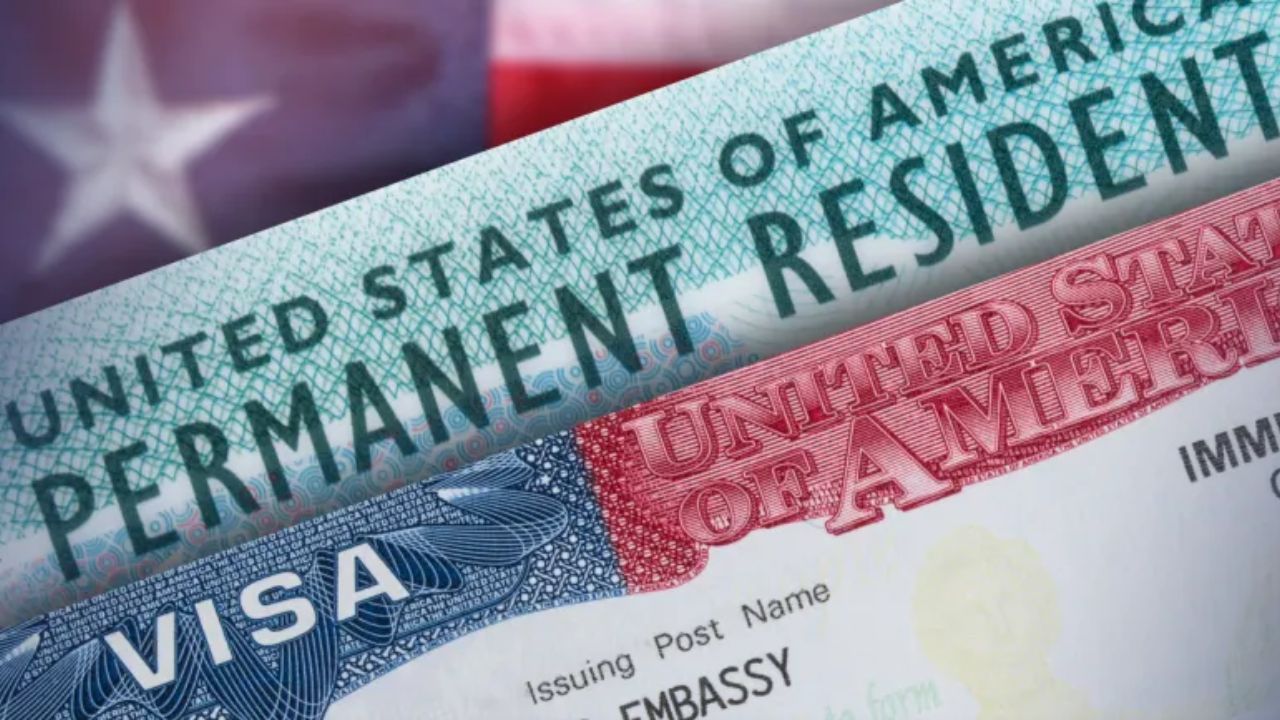WASHINGTON, D.C. — The Department of Homeland Security (DHS) has issued new travel guidance requiring non-U.S. citizens, including immigrants and lawful permanent residents, to be photographed each time they enter or leave the country — part of an expanded effort to tighten border security and verify traveler identities.
The policy, announced through a Federal Register filing on October 24, mandates facial recognition screenings at all U.S. ports of entry, marking a significant expansion of existing security protocols.
What the New DHS Travel Rule Means
The new rule directs U.S. Customs and Border Protection (CBP) to extend its current use of facial recognition technology — previously limited to airports — to include land crossings, seaports, and departure checkpoints.
“This rule enhances the government’s ability to identify impostors using fraudulent documents and improve security for all travelers,” the DHS notice stated.
The change is expected to take effect December 26, 2025, and will apply to all non-citizens, including green card holders and visa applicants entering or exiting the United States.
Expanding Facial Recognition at All Borders
While CBP already uses biometric verification at many international airports, this expansion ensures that every individual crossing a U.S. border checkpoint will undergo a mandatory photograph capture.
The agency emphasized that this process will help reduce document fraud, identify overstays, and improve immigration enforcement.
“CBP is committed to implementing secure and efficient travel processes while protecting the privacy of all travelers,” a CBP spokesperson said in a statement.
Inclusion of Children and Elderly Travelers
Under previous DHS rules, children under 14 and adults over 79 were exempt from biometric screenings. However, the new directive authorizes CBP officers to photograph and verify these groups when necessary for identity confirmation.
This adjustment, according to DHS, will allow for a more consistent application of security checks and help prevent identity misuse involving minors or elderly travelers.
Broader Security Initiative
The expansion is part of a broader federal effort to modernize border technology and curb illegal immigration. DHS officials noted that biometric data collection will continue to play a key role in future border management systems.
“Strengthening border verification ensures that legitimate travelers are processed efficiently while those attempting to evade the law are identified,” DHS said.
The initiative aligns with ongoing efforts by the Trump administration to bolster immigration enforcement and expand the use of advanced surveillance technologies at entry points nationwide.
Read Also: Commissioner in Miami Beach Gives Up Paycheck to Help Family of Fallen Cop
Implementation Timeline and Oversight
The DHS will begin full implementation on December 26, 2025, with phased deployment across airports, seaports, and land crossings throughout early 2026.
Travelers can expect to see facial recognition cameras integrated into the standard departure and arrival process, similar to those already used in airline boarding gates.
DHS stated that data privacy safeguards will remain in place, ensuring that traveler photos and biometric information are stored securely and used solely for identity verification purposes.
For continued updates on U.S. travel policy, immigration regulations, and border enforcement developments, visit racedaylive.com


 by
by 

